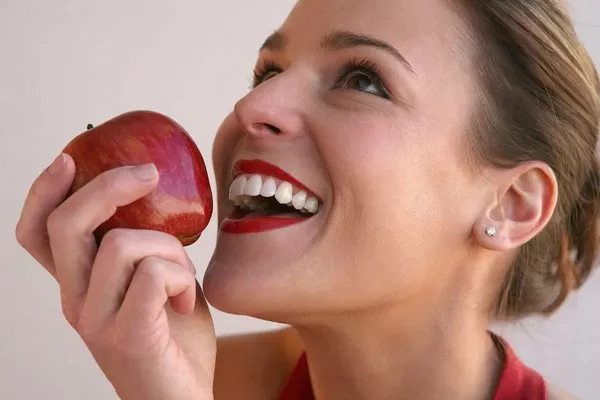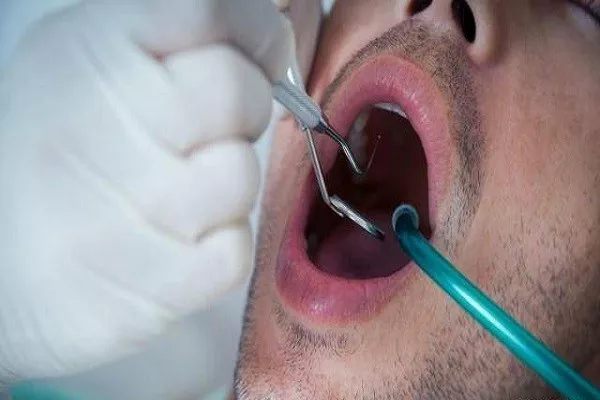A bright and radiant smile is often considered a symbol of health and vitality. However, over time, various factors such as diet, lifestyle choices, and aging can contribute to the discoloration of teeth, leaving many individuals seeking effective solutions to restore their pearly whites. In this comprehensive article, we will delve into the common causes of yellow teeth, explore do-it-yourself remedies, and provide insights into professional treatments designed to rejuvenate and enhance your smile.
Understanding the Causes of Yellow Teeth
Dietary Choices:
The foods and beverages we consume play a significant role in the discoloration of teeth. Highly pigmented substances such as coffee, tea, red wine, and certain fruits can stain enamel over time.
Tobacco Use:
Smoking or using tobacco products exposes teeth to tar and nicotine, leading to yellow or brown stains. The impact is not only aesthetic but also poses risks to oral health.
Poor Oral Hygiene:
Inadequate brushing and flossing allow plaque and tartar to accumulate on teeth, leading to surface stains and discoloration. Good oral hygiene is essential for maintaining a bright smile.
Aging:
As individuals age, the enamel on teeth naturally wears down, revealing the yellowish dentin beneath. Aging also contributes to a reduction in the production of enamel, making teeth more susceptible to stains.
Genetics:
Genetic factors can influence the thickness and color of enamel. Some individuals may have naturally thinner enamel, making the underlying dentin more visible and contributing to a yellow appearance.
Medications:
Certain medications, such as tetracycline antibiotics, can cause intrinsic staining of teeth during their development. This type of discoloration may require professional intervention for effective treatment.
Dental Trauma:
Injuries to teeth can lead to discoloration as a result of damage to the blood vessels and nerves inside the tooth. Trauma-induced discoloration may range from yellow to grayish hues.
Do-It-Yourself Remedies for Yellow Teeth
Regular Brushing and Flossing:
Maintaining a consistent oral hygiene routine is the foundation for preventing and addressing yellow teeth. Brushing twice a day and flossing daily help remove surface stains and prevent plaque buildup.
Oil Pulling:
Oil pulling involves swishing oil, typically coconut or sesame oil, in the mouth for 15-20 minutes. This ancient practice is believed to reduce bacteria and promote oral health, potentially contributing to a brighter smile.
Baking Soda:
Baking soda, with its mild abrasive properties, can be used as a toothpaste or mixed with water to create a paste. Brushing with baking soda may help remove surface stains, but it should be used cautiously to avoid enamel damage.
Hydrogen Peroxide:
Hydrogen peroxide is a common ingredient in teeth whitening products. Using a diluted solution as a mouthwash or in combination with baking soda can help lighten stains. However, excessive use may lead to tooth sensitivity.
Activated Charcoal:
Activated charcoal has gained popularity as a natural teeth-whitening remedy. It is believed to absorb surface stains and toxins. However, its effectiveness and long-term impact on enamel are subjects of ongoing debate.
Strawberries and Pineapple:
The natural acids in strawberries and pineapple are thought to have teeth-whitening properties. Creating a paste or simply rubbing these fruits on teeth may help reduce surface stains.
Professional Treatments for Yellow Teeth
Professional Teeth Whitening:
Dental offices offer professional teeth whitening treatments that use stronger whitening agents than over-the-counter products. Chairside treatments and take-home kits supervised by a dentist can provide noticeable results.
Dental Cleanings:
Regular dental cleanings are essential for maintaining oral health and preventing the accumulation of plaque and tartar. Professional cleanings can remove surface stains and restore the natural color of teeth.
Porcelain Veneers:
Veneers are thin shells of porcelain customized to cover the front surface of teeth. They can mask discolorations, providing an instant and long-lasting improvement in the appearance of yellow teeth.
Dental Bonding:
Dental bonding involves applying a tooth-colored resin to the surface of discolored teeth. This procedure can effectively cover stains and restore a brighter, more uniform appearance.
In-Office Microabrasion:
Microabrasion is a minimally invasive procedure that involves removing a thin layer of enamel to eliminate surface stains. It is often combined with tooth-whitening agents for enhanced results.
Internal Tooth Whitening:
For intrinsic stains caused by medications or dental trauma, internal tooth whitening may be recommended. This involves applying a whitening agent inside the tooth to lighten the discoloration.
Laser Teeth Whitening:
Laser-assisted teeth whitening is a procedure where a bleaching agent is applied to the teeth and activated with a laser. This accelerates the whitening process and may result in quicker, more dramatic results.
Choosing the Right Treatment Approach
Identify the Cause:
Before pursuing any treatment, it’s crucial to identify the cause of tooth discoloration. Professional evaluation by a dentist can determine whether stains are extrinsic or intrinsic and guide the choice of treatment.
Consult with a Dentist:
Seeking advice from a dental professional is essential for developing a personalized treatment plan. Dentists can assess the severity of discoloration, recommend suitable treatments, and address any underlying oral health issues.
Consider Long-Term Implications:
While some do-it-yourself remedies may offer temporary improvements, professional treatments often provide more predictable and lasting results. Consider the long-term impact and consult with a dentist to choose the most suitable option.
Maintain Good Oral Hygiene:
Regardless of the chosen treatment, maintaining good oral hygiene practices is crucial for preventing future discoloration. Brushing, flossing, and regular dental check-ups contribute to a healthy and vibrant smile.
Addressing Yellow Teeth Holistically
Dietary Modifications:
Limiting the consumption of staining beverages and foods can help prevent new stains and maintain the results of whitening treatments. Drinking water after consuming these items can also minimize their impact.
Smoking Cessation:
Quitting smoking is not only beneficial for overall health but also crucial for preventing further yellowing of teeth. Dental professionals can provide support and resources for smoking cessation.
Regular Dental Check-Ups:
Scheduling regular dental check-ups allows dentists to monitor oral health, address any emerging issues promptly, and provide guidance on maintaining a bright and healthy smile.
Conclusion
In conclusion, restoring yellow teeth involves a thoughtful combination of at-home remedies and professional treatments. Understanding the causes of tooth discoloration, adopting preventive measures, and consulting with a dentist can guide individuals toward effective solutions tailored to their specific needs. Whether choosing do-it-yourself approaches or seeking professional intervention, the goal is to achieve a brighter, more confident smile while maintaining overall oral health. Embracing a holistic approach to oral care ensures that the radiance of your smile stands the test of time.
Can a dentist whiten yellow teeth?
What to do if you have yellow teeth?
How do you make yellow teeth white?






























